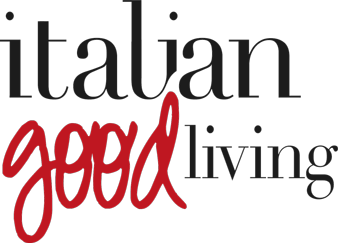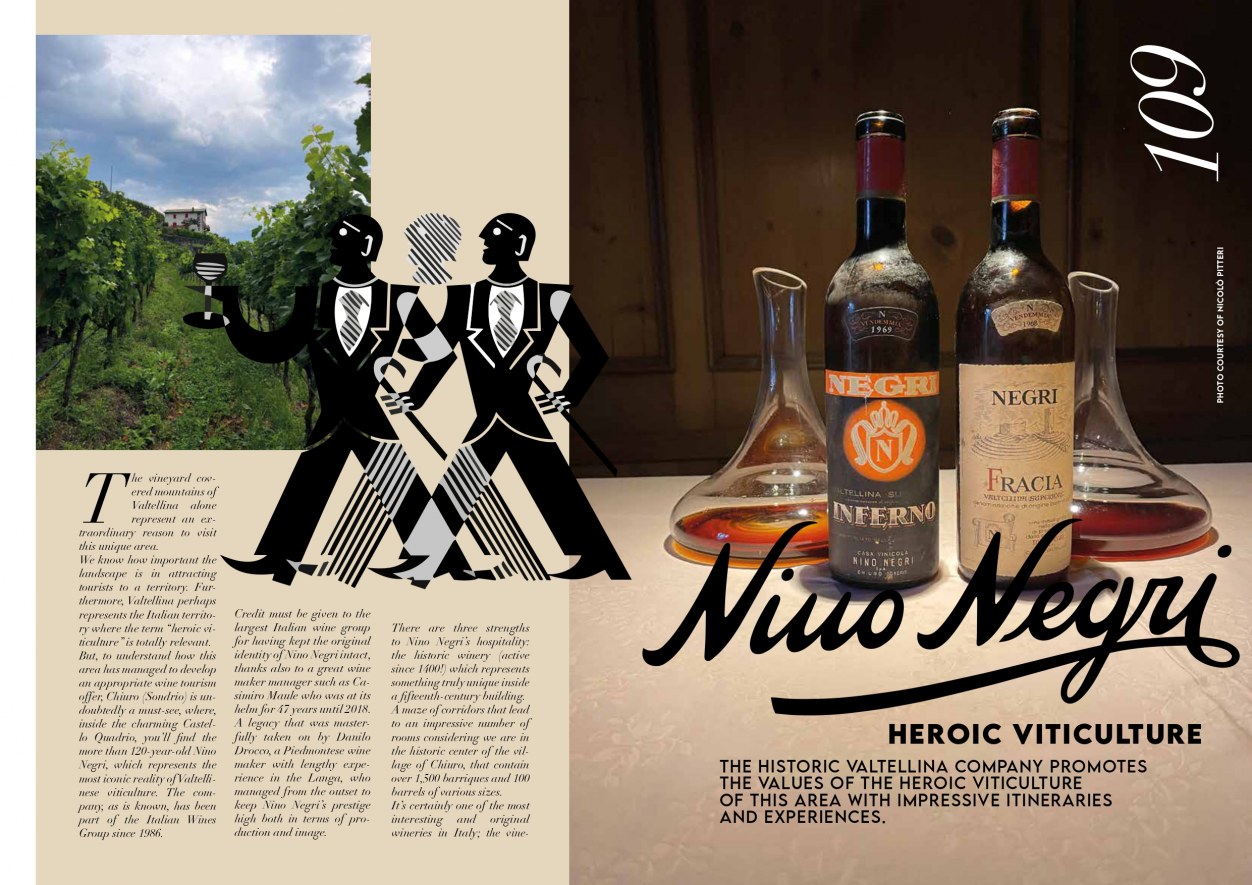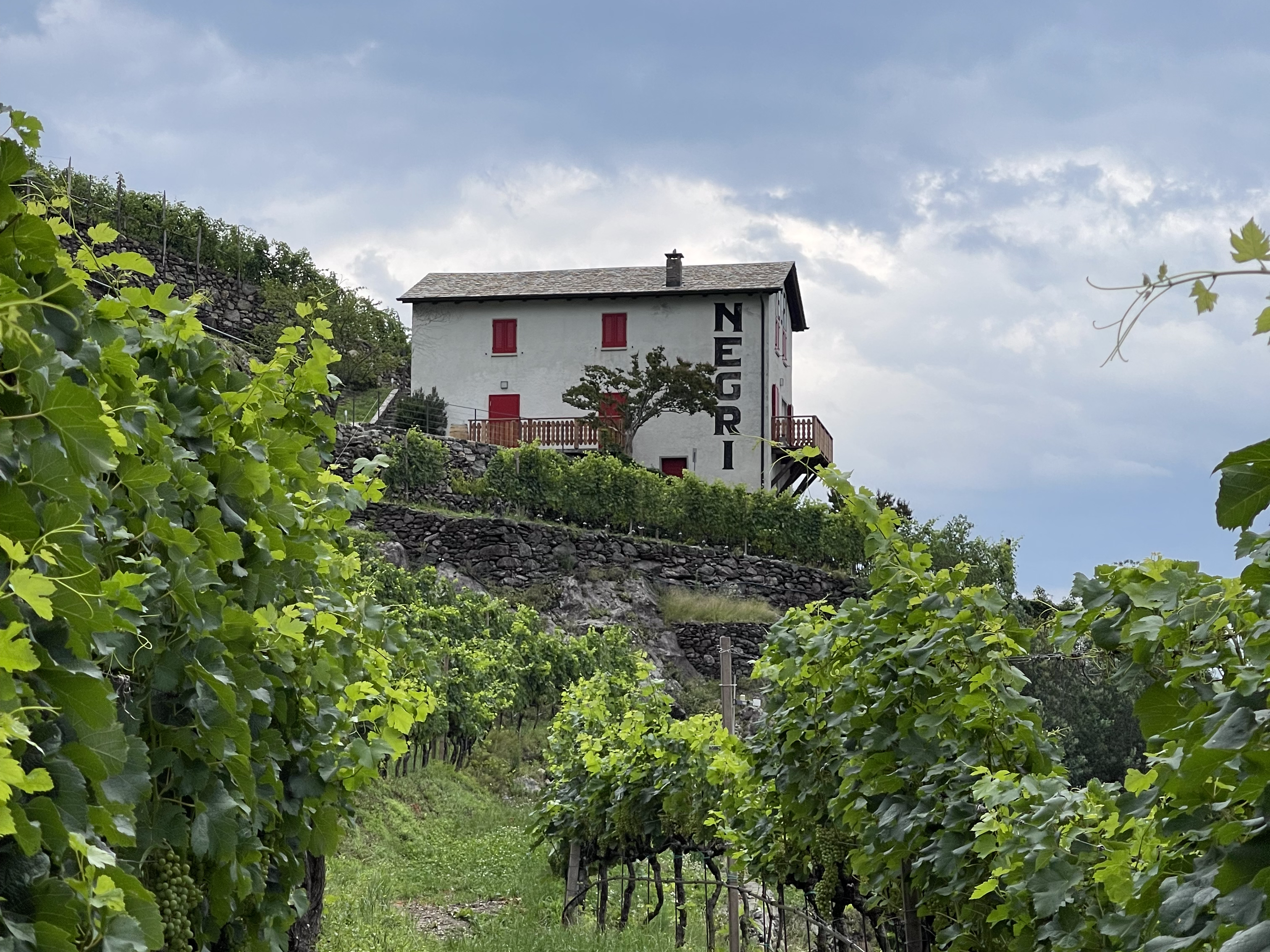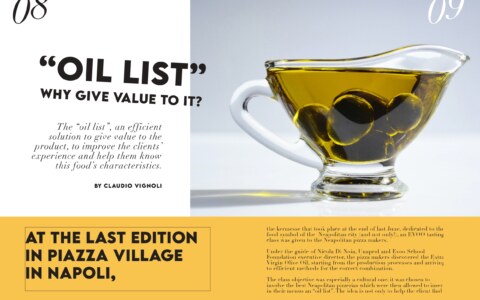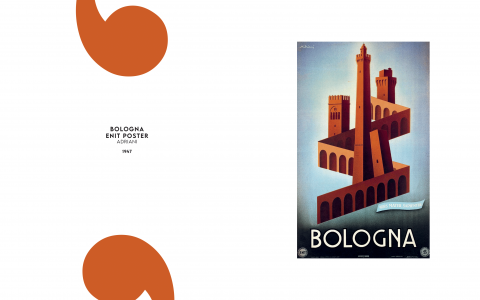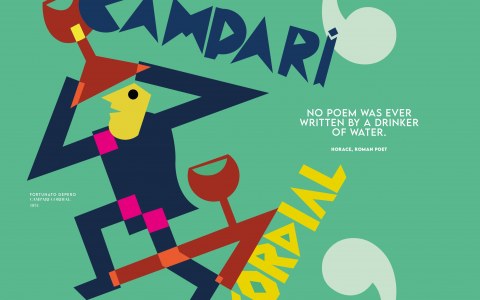Nino Negri – Heroic viticulture
The vineyard covered mountains of Valtellina alone represent an extraordinary reason to visit this unique area. We know how important the landscape is in attracting tourists to a territory. Furthermore, Valtellina perhaps represents the Italian territory where the term “heroic viticulture” is totally relevant.
But, to understand how this area has managed to develop an appropriate wine tourism offer, Chiuro (Sondrio) is undoubtedly a must-see, where, inside the charming Castello Quadrio, you’ll find the more than 120-year-old Nino Negri, which represents the most iconic reality of Valtellinese viticulture. The company, as is known, has been part of the Italian Wines Group since 1986.
Credit must be given to the largest Italian wine group for having kept the original identity of Nino Negri intact, thanks also to a great winemaker manager such as Casimiro Maule who was at its helm for 47 years until 2018. A legacy that was masterfully taken on by Danilo Drocco, a Piedmontese wine maker with lengthy experience in the Langa, who managed from the outset to keep Nino Negri’s prestige high both in terms of production and image.
There are three strengths to Nino Negri’s hospitality: the historic winery (active since 1400!) which represents something truly unique inside a fifteenth-century building. A maze of corridors that lead to an impressive number of rooms considering we are in the historic center of the village of Chiuro, that contain over 1,500 barriques and 100 barrels of various sizes. It’s certainly one of the most interesting and original wineries in Italy; the vine yards cultivated in the extraordinary terraces are created in a heroic way to “overcome” the impossible slopes; the Valtellinese gastronomy offered in the Fracia and Castel Grumello restaurants (connected with Nino Negri). Being able to play on the winery, vineyards and restaurants is an added value that few Italian companies can boast, especially at the level of Nino Negri. A visit to the winery, in the case of the historic Valtellina company, in fact becomes something absolutely exclusive and special because it is a unique production site that allows both a better understanding of the Negri winemaking setting (all the vineyard plots are vinified separately, hence the large number of wooden containers of various types), and the winemaking history of Valtellina and its principal wine, Sforzato (among the first companies to market it in the 1940s).
But it is undoubtedly the “heroic” vineyard on the incredible terraces (rightly recognized as a UNESCO heritage site) that is the key symbol of the Nino Negri wine tourism offering. But at Nino Negri they have not “limited” themselves to showing their 35 hectares of vineyards, of which 2.5 are organized as an ecomuseum (there are a lot of them considering the viticultural fragmentation of Valtellina). They have also created a guided tour inside the vineyard that can be carried out in complete freedom and autonomy through the virtual contents of the Click & Climb app-audio guide.
An interactive tour among the fantastic, terraced vineyards, in the historic area of “Inferno”, which ends with a tasting in the suggestive Cà Guicciardi from whose terrace you can perhaps enjoy the most beautiful landscape of Valtellinese mountain wine growing.
A visit to the Negri vineyards is probably also the most straightforward way to comprehend the incredible difficulty of cultivating vines in Valtellina. In this regard, Drocco’s tale is very important: “If in Tuscany it takes between 300-400 hours to manage the vineyard, in Valtellina it rises to 1,500 hours per hectare! For this reason, our vineyard is more than heroic, it is truly superheroic”. Considering that there are approximately 2,500 km of dry-stone walls in Valtellina, it is easy to understand the immense work that must be done every day to support the vineyard in an area of this kind. “For Nino Negri – underlined Drocco – the management alone of dry-stone walls entails an investment of 50,000 euros per year”.
This is, in my opinion, information which is fundamental to helping visitors understand the value of wines produced in conditions of this nature.
The Nino Negri wine tourism triptych ends with the gastronomic experience in the Fracia and Castel Grumello restaurants. In addition to classic tastings combined with “simpler” typical products, the possibility of offering lunches and dinners in perfect Valtellinese style that are able to best enhance the distinctive features of the company’s wines and local dishes, makes Nino Negri’s wine tourism experience an unforgettable one.
photographs by © Nicolò Pitteri
